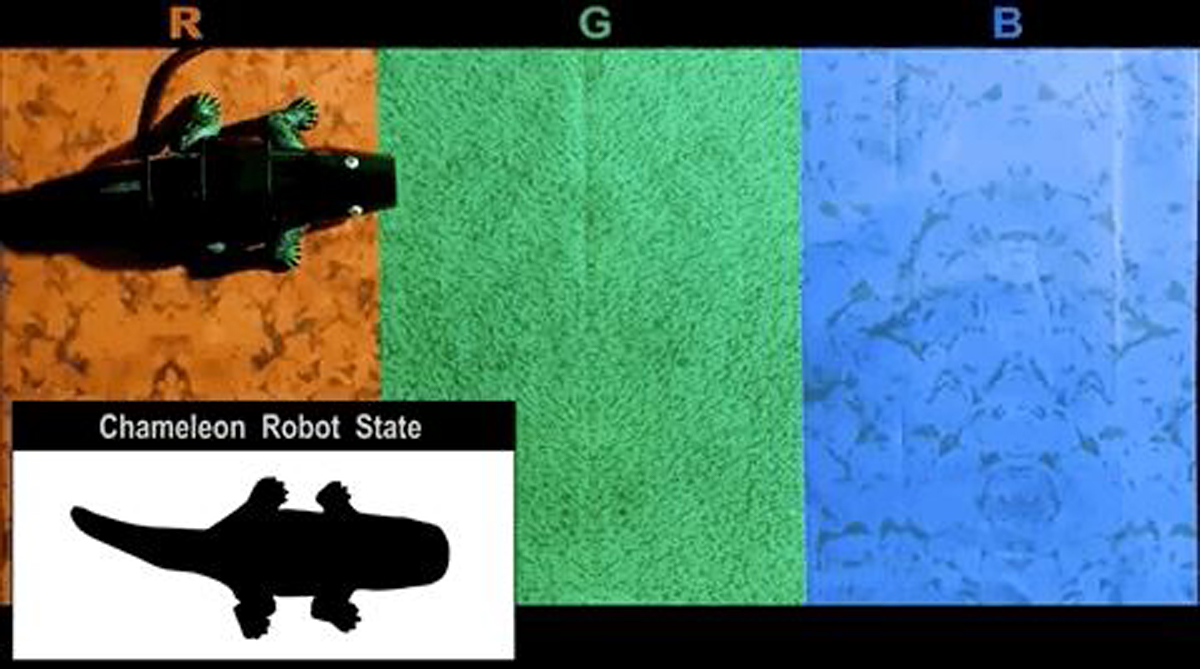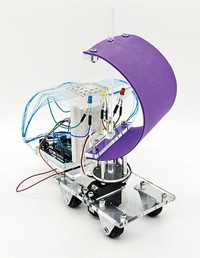Advertisement
Grab your lab coat. Let's get started
Welcome!
Welcome!
Create an account below to get 6 C&EN articles per month, receive newsletters and more - all free.
It seems this is your first time logging in online. Please enter the following information to continue.
As an ACS member you automatically get access to this site. All we need is few more details to create your reading experience.
Not you? Sign in with a different account.
Not you? Sign in with a different account.
ERROR 1
ERROR 1
ERROR 2
ERROR 2
ERROR 2
ERROR 2
ERROR 2
Password and Confirm password must match.
If you have an ACS member number, please enter it here so we can link this account to your membership. (optional)
ERROR 2
ACS values your privacy. By submitting your information, you are gaining access to C&EN and subscribing to our weekly newsletter. We use the information you provide to make your reading experience better, and we will never sell your data to third party members.
Photonics
Stretchable fiber-optic sensors use light and color to detect deformation and force
Rubber-based system should be impervious to electromagnetic forces and moisture
by Bethany Halford
November 12, 2020
| A version of this story appeared in
Volume 98, Issue 44

A new fiber-optic sensor made from stretchy rubber rather than glass can be integrated into wearable electronics and measure movement. The sensors can also quantify the force of stretching, bending, and pressing movements, so they could be used to gather data for sports medicine and physical therapy.
Most wearable sensing technology detects motion but can’t measure the associated forces, says Robert F. Shepherd, an expert in soft materials at Cornell University who led the sensor development team. Force can provide useful information, like where a repetitive stress injury is likely to occur.
Scientists have alreadycreated stretchable force sensors that work by detecting changes in electrical resistance or charge. Shepherd says optical devices have advantages. “When you use photons instead of electrons, you have a whole different materials space you can work with. Instead of having to put conductive particles in rubber, you just need the rubber itself.” Avoiding electronic materials should also make the sensors impervious to electromagnetic interference and moisture.
Shepherd’s sensors are made of two polyurethane cores wrapped together in a silicone casing. One core has areas that contain colored organic dyes (Science 2020, DOI: 10.1126/science.aba5504). Stretching, bending, or pressing the sensors changes the intensity and the color of the light that travels through them, indicating how the sensors deform and the force of that deformation. “A big advantage of this system is that it uses really simple elements and raw materials that you can get off the shelf,” says Hedan Bai, a graduate student who developed the sensor.
The researchers made a glove outfitted with the fiber-optic sensors. Such a device could be used to track how much force, for example, an ace pitcher’s hand experiences when throwing a fastball. Shepherd’s company Organic Robotics has licensed the sensors.
Zhenan Bao, an expert in wearable electronics at Stanford University, calls the work “a great advancement for optical fiber-based sensors for soft robotics.” Using different colors to read out information from different locations is a creative idea, she says in an email. “I can see a lot of new possibilities with this approach.”





Join the conversation
Contact the reporter
Submit a Letter to the Editor for publication
Engage with us on Twitter